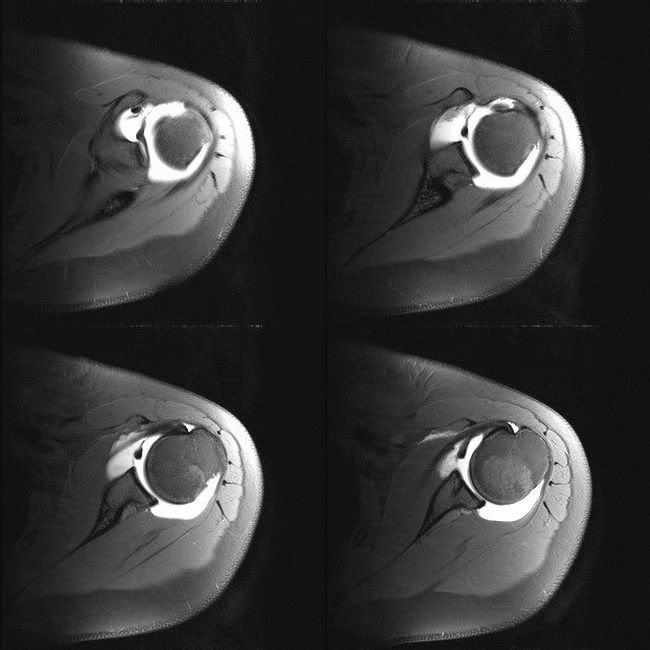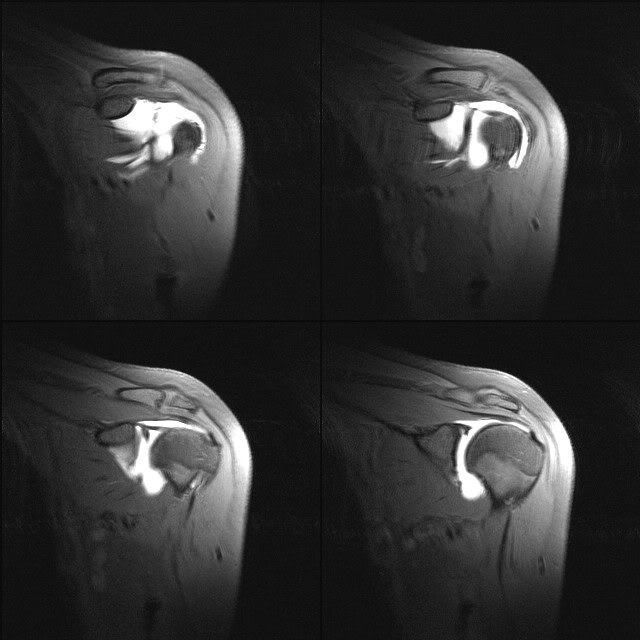Superior (SGHL), middle (MGHL) and Inferior (IGHL) glenohumeral ligaments; IGHL is most important, the disruption of which leads to instability
SGHL:
Between 12-1 O clock position, just anterior ot the biceps origin
Superior glenoid margin to superior aspect of lesser tubercle, blends with coracohumeral ligament
May originate from superior labrum or ith long head of biceps or with MGHL; absent in 10%
Seen as a thin line; if thickned MGHL may be absent
Best seen on axials parallel to corocoid process; on sagittal above the subscapularis muscle
A foramen between SGHL and MGHL communicates with subscapularis recess
MGHL:
Between 21-1 O clock position
From anterosuperior labrum
Merges with subscapularis tendon and inserts medial to the lesser tubercle
May originate with SGHL and long head of biceps or with IGHL
Absent in 30% when it is associated with prominant anterior and subscapularis recess
May be double
May be thick cord like as in Buford complex (absent anterosuperior labrum with thickened MGHL)
usually seen as a thin line
IGHL:
Anterior and posterior bands, connected by axillary recess
Anterior band thicker than posterior
Anterior band: anteroinferior labrum to anterior aspect of surgical neck; 2-5 O clock position (in most at 3 O clock)
Posterior band: posteroinferior labrum to posterior aspect of surgical neck
Seen on all planes
Anterior band is comomnly injured in shoulder instabilities
References:
Robinson G et al. Normal anatomy and common labral lesions at MR arthrography of the shoulder. Clin Rad 61 (805-821)
IMAGE GALLERY:
SGHL sagittal:
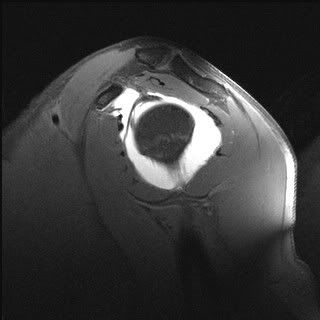
SGHL axial:
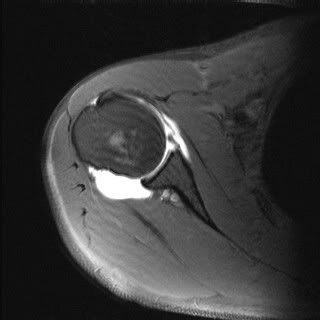
MGHL sagittal:
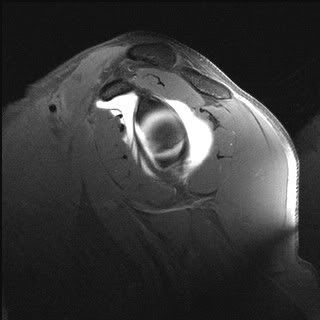
MGHL axial:

Buford complex:
Deficient anterosuperior labrum with thickened/band like middle glenohumeral ligament. Can simulate detached anterior labrum
